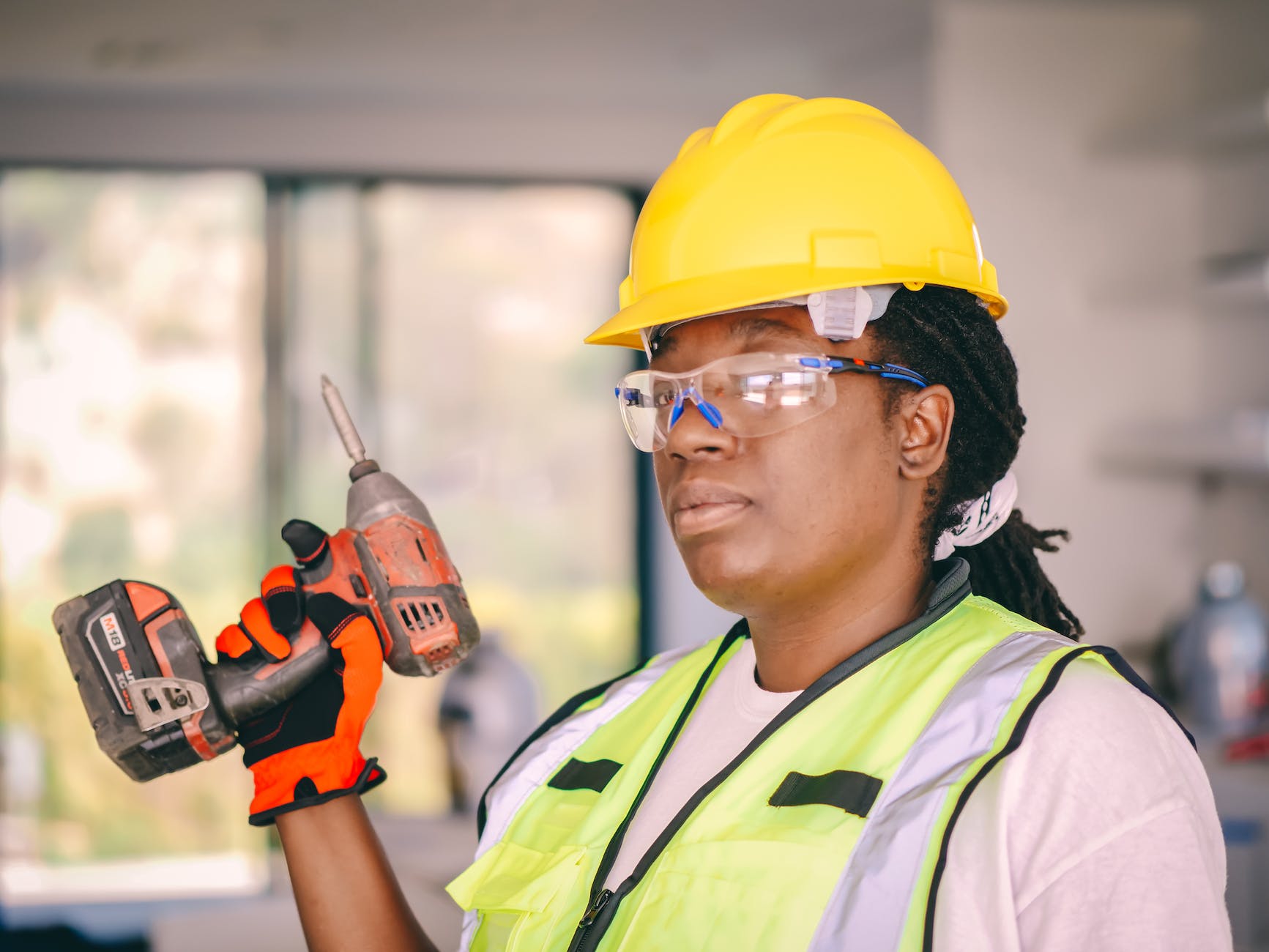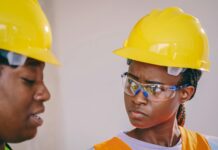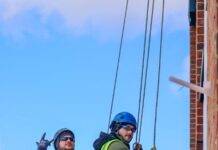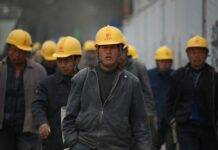
Eye Protection: Selection and Maintenance
Introduction
Protecting one’s eyes in various environments is crucial to prevent injuries and maintain long-term eye health. Eye protection goes beyond the workplace, extending to activities such as sports and home projects. This article delves into the importance of selecting appropriate eye protection and outlines maintenance practices to ensure optimal safety and functionality.
The Significance of Eye Protection
- Prevention of Injuries
- Shielding from Projectiles: Eye protection acts as a barrier against projectiles, debris, or chemicals that may cause eye injuries in workplaces, laboratories, or outdoor settings.
- Reducing Impact Risks: In sports and recreational activities, appropriate eye protection reduces the risk of impact-related injuries.
- Maintaining Eye Health
- UV Protection: Sunglasses with UV protection shield the eyes from harmful ultraviolet rays, preventing conditions like cataracts and macular degeneration.
- Preventing Eye Strain: Protective eyewear with anti-glare coatings reduces eye strain, especially for individuals working on computers or under bright lights.
- Meeting Occupational Safety Standards
- Compliance with Regulations: In workplaces, adherence to occupational safety standards requires the use of specific eye protection based on the nature of the work.
- Preventing Workplace Accidents: Proper eye protection is integral to preventing accidents and maintaining a safe working environment.
- Preserving Vision in Hazardous Environments
- Chemical Exposure: Industries dealing with chemicals necessitate eye protection to prevent exposure that could lead to serious eye damage.
- Particulate Matter: In environments with airborne particulate matter, goggles or safety glasses with side shields offer effective protection.
Guidelines for Selecting Eye Protection
- Identify Potential Hazards
- Assess Work Environment: Understand the specific hazards present in the work or recreational environment.
- Chemical, Mechanical, or Optical Hazards: Different types of eye protection are designed for protection against chemical splashes, mechanical impact, or optical radiation.
- Choose Appropriate Eyewear
- Safety Glasses: Suitable for general protection against impact, suitable for woodworking or construction.
- Goggles: Provide a seal around the eyes, protecting against chemical splashes, dust, or fine particles.
- Face Shields: Cover the entire face and are ideal for protection against high-velocity impact, chemical exposure, or infectious materials.
- Consider Comfort and Fit
- Ensure Proper Fit: Eyewear should fit securely without pinching or causing discomfort.
- Adjustable Features: Look for adjustable features such as nose pads or temple lengths for a personalized fit.
- Evaluate Lens Properties
- Impact Resistance: ANSI-rated impact-resistant lenses are crucial for protection against projectiles.
- UV Protection: Sunglasses should provide 100% UV protection to safeguard against harmful sun rays.
- Anti-Scratch and Anti-Fog Coatings: Consider coatings to enhance durability and visibility in challenging conditions.
Maintenance Practices for Eye Protection
- Regular Cleaning
- Use Mild Soap: Clean eyewear with a mild soap and water solution.
- Avoid Abrasive Materials: Use a soft cloth to prevent scratches.
- Inspect for Damage
- Regular Check-ups: Routinely inspect eyewear for any signs of damage or wear.
- Replace Damaged Parts: Replace damaged parts or entire eyewear to maintain optimal protection.
- Store Properly
- Protective Cases: Store eyewear in protective cases when not in use.
- Avoid Heat Exposure: Keep eyewear away from excessive heat to prevent damage to lenses or frames.
- Replace Worn-Out Components
- Replace Nose Pads and Temples: Worn-out nose pads or temple tips can affect the fit and comfort.
- Ensure Proper Seal: Goggles with compromised seals should be replaced promptly.
- Follow Manufacturer Recommendations
- Adhere to Guidelines: Follow the manufacturer’s guidelines for maintenance and replacement.
- Replace According to Use: Replace eyewear based on usage patterns and potential exposure to hazards.
Conclusion
In conclusion, eye protection is a fundamental aspect of personal safety in various environments. The selection of appropriate eyewear and diligent maintenance practices contribute to the prevention of injuries and the preservation of long-term eye health. Whether at work, engaged in recreational activities, or simply outdoors, prioritizing eye protection ensures a clear and protected vision for years to come.
Personal Protective Equipment (PPE): Selection, Usage, and Maintenance for Safety Officers
Hearing Protection: Personal Protective Equipment
Body Protection: Personal Protective Equipment
Footwear and Leg Protection: Personal Protective Equipment
Frequently Asked Questions (FAQs)
- Why is eye protection important in workplaces?
- Eye protection in workplaces is crucial to prevent injuries from projectiles, chemicals, or other hazards. It also ensures compliance with occupational safety standards, maintaining a safe working environment.
- What are the different types of eye protection available?
- Different types of eye protection include safety glasses for impact protection, goggles for chemical or particulate exposure, and face shields for comprehensive face coverage against high-velocity impact or chemical exposure.
- How should individuals choose appropriate eyewear for specific environments?
- Individuals should identify potential hazards in their environment and choose eye protection accordingly. Factors to consider include the type of hazards (chemical, mechanical, or optical), comfort and fit, and lens properties such as impact resistance and UV protection.
- What maintenance practices should be followed for eye protection?
- Maintenance practices for eye protection include regular cleaning with a mild soap, inspection for damage, proper storage in protective cases, replacement of worn-out components, and adherence to manufacturer recommendations for maintenance and replacement.
- Why is UV protection important in sunglasses?
- UV protection in sunglasses is important to shield the eyes from harmful ultraviolet rays. Prolonged exposure to UV rays can lead to conditions such as cataracts and macular degeneration, making UV protection essential for maintaining long-term eye health.
























